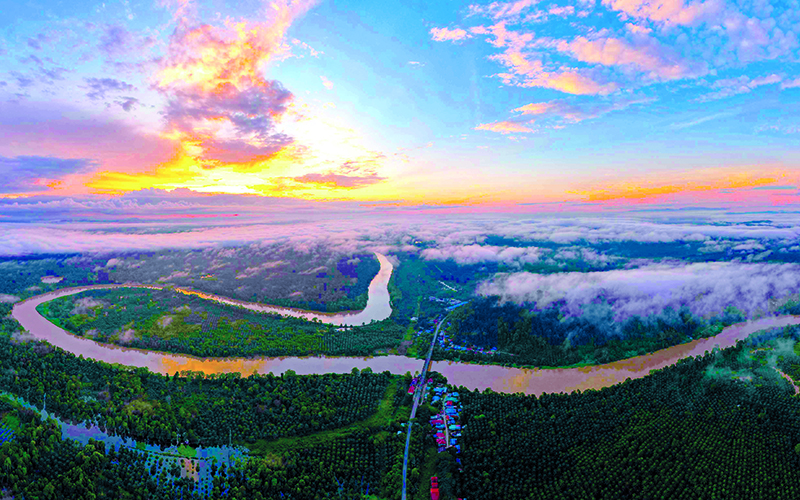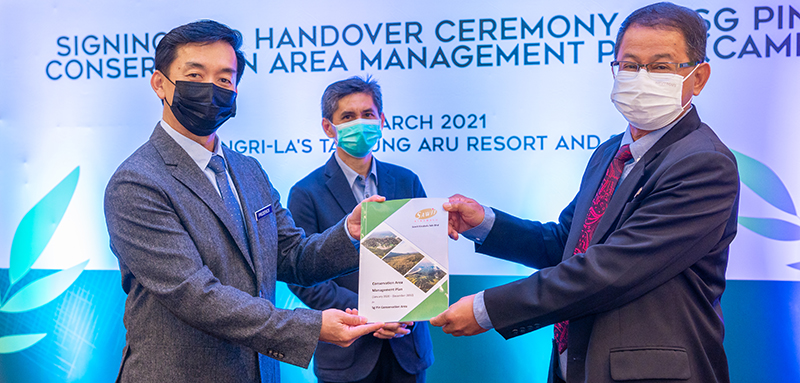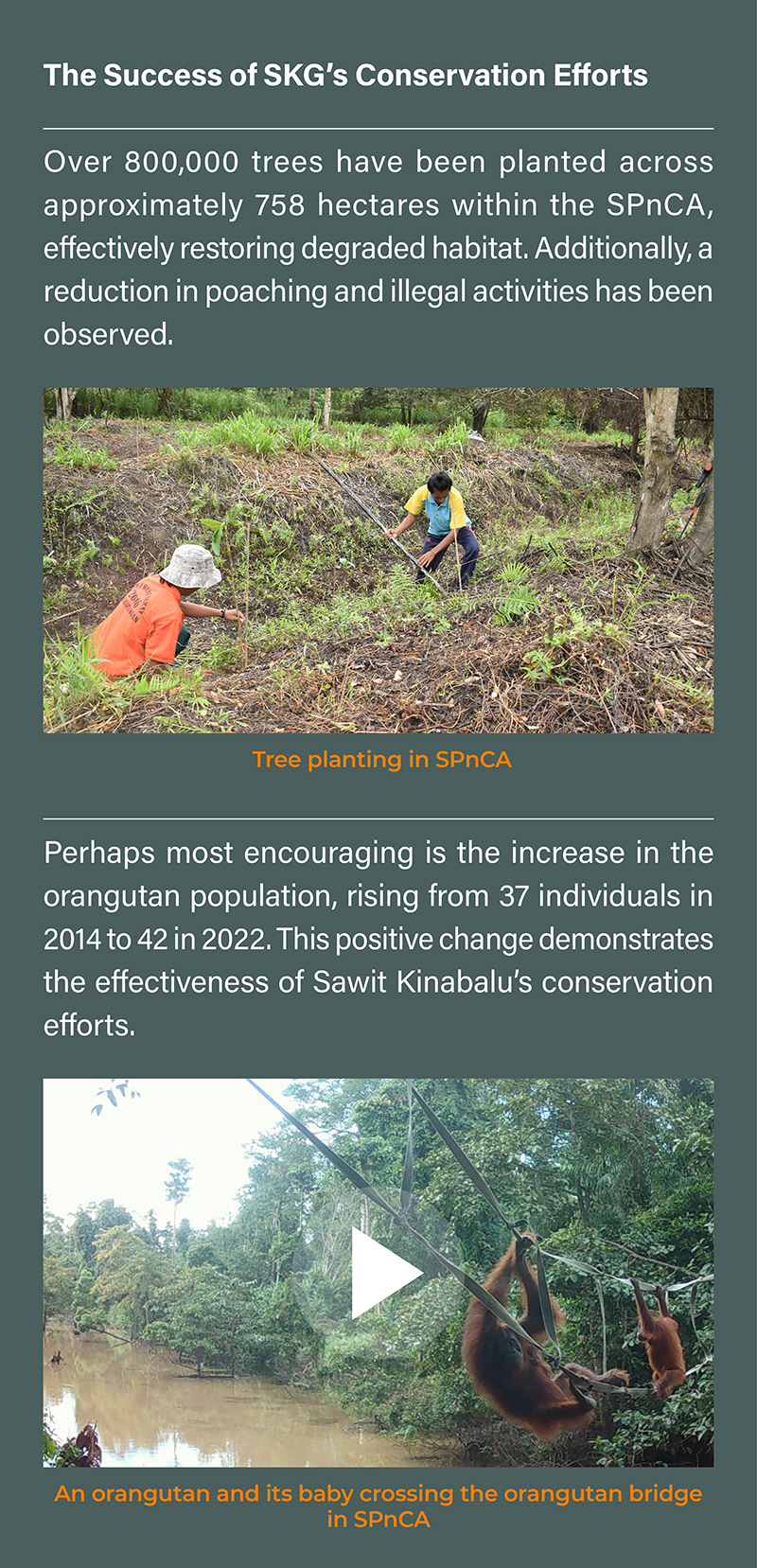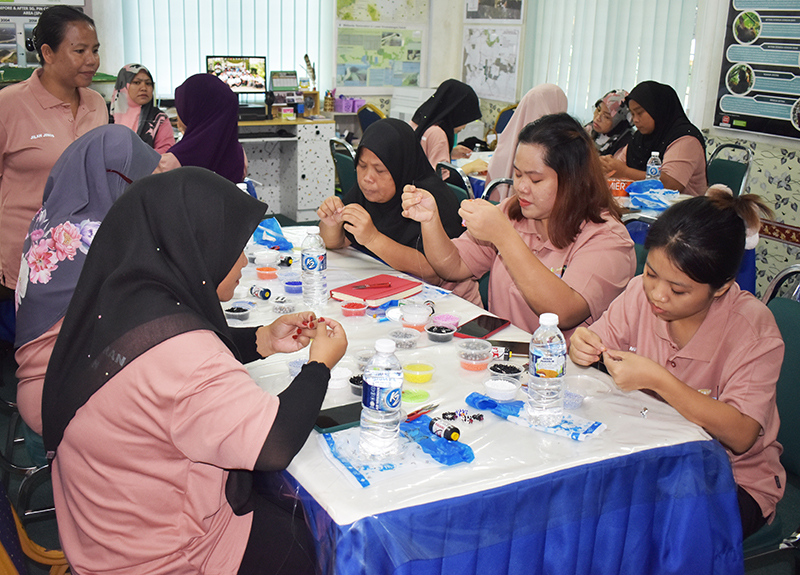Sawit Kinabalu: A Model for Sustainable Palm Oil Production with Integrated Conservation
By: Naziah Nawawie for Sawit Kinabalu

Aerial view of SPnCA
Sawit Kinabalu Group (SKG) stands out as a leader in the palm oil industry, demonstrating a commitment to conservation alongside profitable production. Their efforts at the Sungai Pin Conservation Area (SPnCA) showcase a comprehensive approach to habitat enhancement, biodiversity protection, and community engagement.
Sawit Kinabalu’s conservation initiatives began in the early 2000s, well before certifications such as Roundtable on Sustainable Palm Oil (RSPO) or High Conservation Value (HCV) became prevalent. This proactive approach signifies a deep understanding of the environmental impact of palm oil production and a genuine desire for sustainability.
The SPnCA, a large-scale voluntary conservation area established by SKG, encompasses 2,632 hectares, representing 42% of the Sungai Pin Estate. This dedicated area allows the implementation of a robust Conservation Area Management Plan (CAMP), developed in collaboration with the Sabah Forestry Department in 2019. The CAMP ensures a science-based and well-coordinated approach to conservation activities.

Signing and handing over of the SPnCA CAMP
The SPnCA plays a crucial role beyond its boundaries. It serves as a critical link within the ecological network of the Kinabatangan floodplain. The floodplain ecosystem is a treasure trove of biodiversity, and maintaining its health is essential for conservation and sustainable resource use. The SPnCA facilitates wildlife movement, plant propagation, and genetic exchange, promoting a healthy and resilient ecosystem.
Sawit Kinabalu’s dedication extends to riparian buffer zones and wildlife corridors, as riparian restoration and protection are crucial for maintaining healthy water flow and quality within the ecosystem.

Fostering a Sense of Community
SKG recognises the importance of community participation. They actively involve local communities in tree-planting activities, fostering a sense of ownership and responsibility for the conservation area. Capacity-building programmes provide valuable knowledge and skills, empowering locals to participate actively in conservation efforts and explore alternative income sources through activities like bead-craft training.

Beads craft training for the local communities
Looking ahead, SKG aims to elevate the SPnCA’s status by applying for inclusion in the International Union for Conservation of Nature (IUCN) Green List (GL) of Protected and Conserved Areas. This prestigious recognition would strengthen the SPnCA’s protection status and testify to SKG’s commitment to responsible palm oil production.
Sawit Kinabalu’s conservation efforts at the Sungai Pin Conservation Area offer a compelling model for the palm oil industry. Their dedication to habitat enhancement, biodiversity protection, and community involvement demonstrates that sustainable palm oil production is possible. As SKG pushes for international recognition of the SPnCA, it is hoped that its efforts would inspire others in the industry to embrace a more sustainable future



